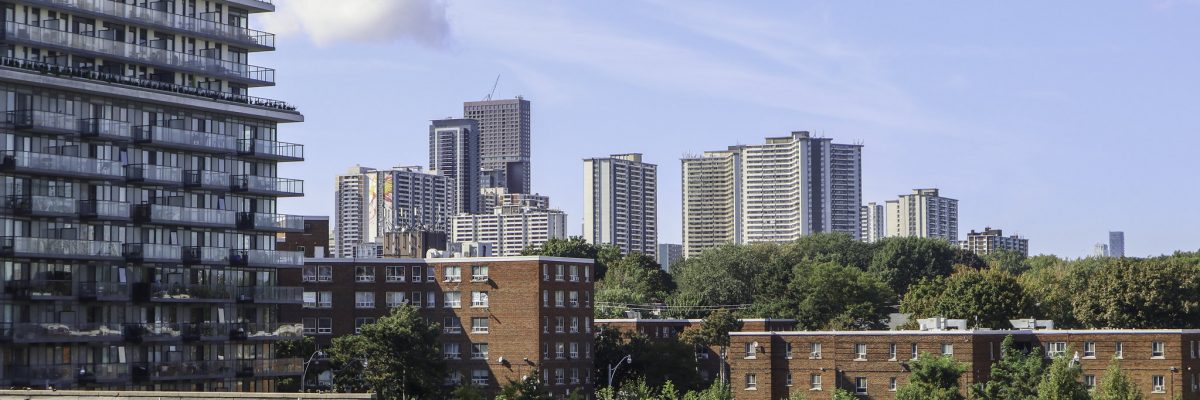Communities across Canada and around the world are moving swiftly to set higher standards for buildings that serve multiple purposes: reducing energy use and carbon emissions, keeping residents safer in a flood or heatwave, and boosting affordability by reducing building energy costs.
Most GTHA municipalities have adopted or are in the process of adopting tiered Green Development Standards (GDS), largely modelled on Toronto’s version, with a minimum threshold for climate performance and several higher tiers for developers who want to lead rather than follow.
The higher tiers are voluntary, but they’re critically important: they signal to the broader industry what to expect in future updates to the standard, while developing local capacity to design and construct buildings to a performance level that will be mandatory in the future. They also provide a measurable basis to differentiate the true innovators in the local building sector, making it easy for leaders to differentiate themselves from laggards.
Unfortunately, the development industry is rarely taking up such ambitious projects. With growing market pressures, the current incentives are not enough.
If municipalities across the GTHA want developers to step up and build better buildings, it’s time for better incentives to get the industry on board, so that today’s ambitious targets become tomorrow’s minimum expectation.
Toronto’s partial development charge refund makes it the only GTHA community to date that offers any kind of financial reward for projects built to the higher voluntary tiers. Elsewhere across the region, the lack of any incentive, monetary or not, has many developers resisting higher-performance construction rather than embracing it.
By addressing this obstacle to low-carbon construction, municipalities can accelerate their carbon reduction plans and deliver cost savings and other benefits for residents, building owners, utilities, and the community at large.
Toronto’s model of a partial refund on development charges might not be the right answer for every municipality, but there are myriad ways cities can incentivize greener development via financial or non-financial rewards. Cities can offer low-interest loans or outright grants for higher-performance buildings, with the option of securing the loans through local improvement charges. They can adopt density bonusing for high-performance projects, or favour better buildings with reduced parking minimums or expedited planning approvals and building permits.
Despite the current gap in incentives, there are plenty of practical, real-world examples of leading developers meeting the higher tiers in the GTHA:
- University of Toronto Scarborough’s Harmony Commons is the largest Passive House-certified building in Canada. It consumes 70% less energy and contributes 90% less greenhouse gas emissions per person in peak conditions while providing a comfortable and healthy living environment for students.
- The Putnam Family YWCA in Hamilton built units to be largely energy self-sufficient and used up to 90% less energy than a standard construction approach.
- Aquabella Bayside Toronto is a mixed-use building that successfully achieved the Toronto Green Standard Version Two Tier Two requirements and promotes occupant well-being while maximizing energy and water performance.
These best-in-class projects demonstrate that it is possible – but more support is needed to make it the norm. With such a wide menu of possibilities, it’s feasible for any GTHA municipality to come up with the right approach for their community and give developers the prompt many of them need to get on with the job of delivering a higher-performing building stock. With all levels of governments laser-focused on building millions of new homes in a very short time, we’re in a unique moment of opportunity. We dare not squander it.
View TAF’s list of policy options for municipalities to incentivize green development here.

